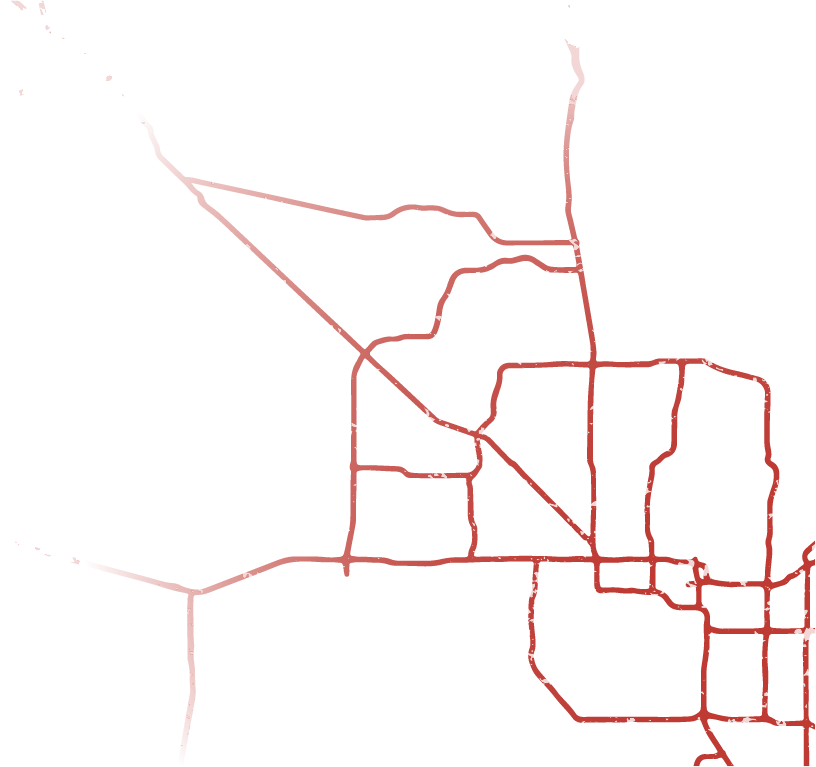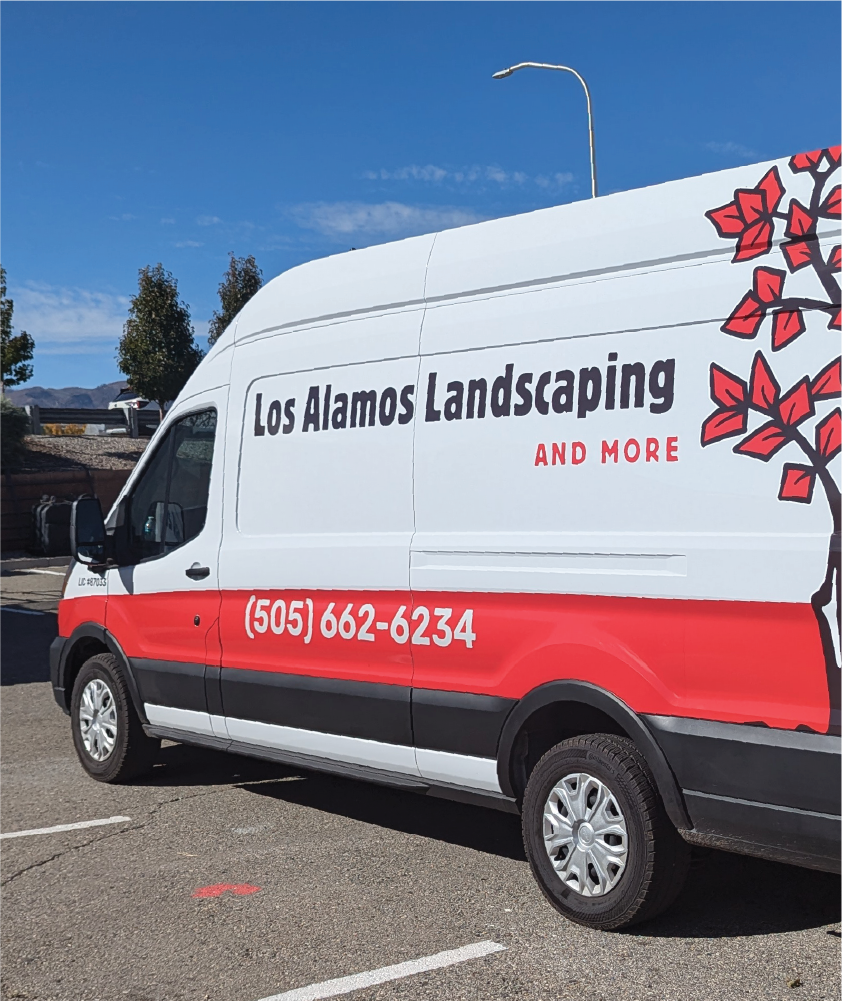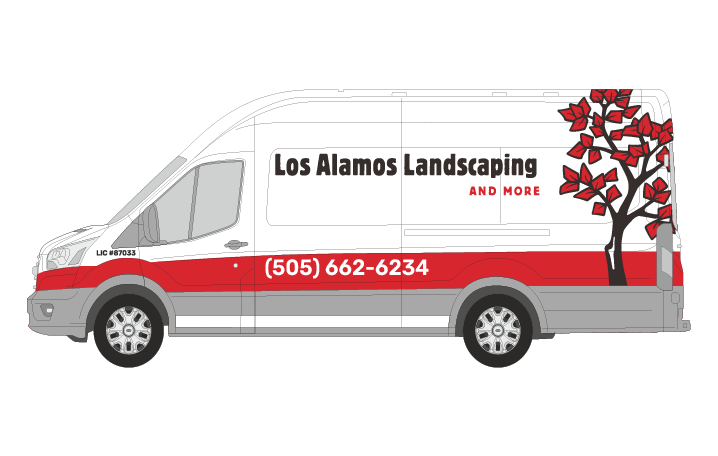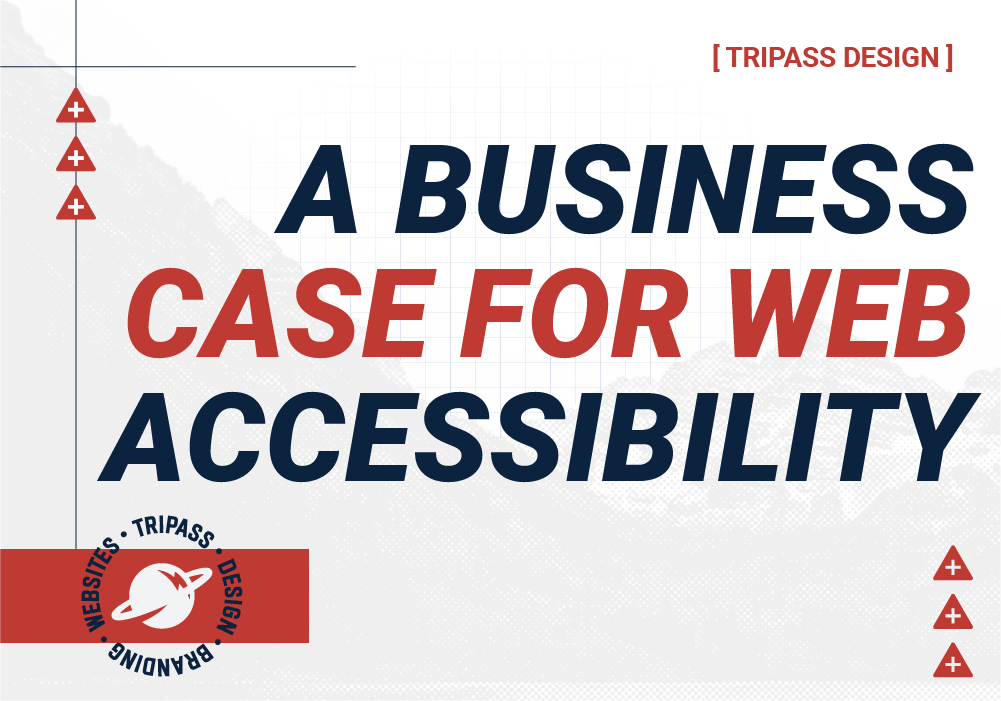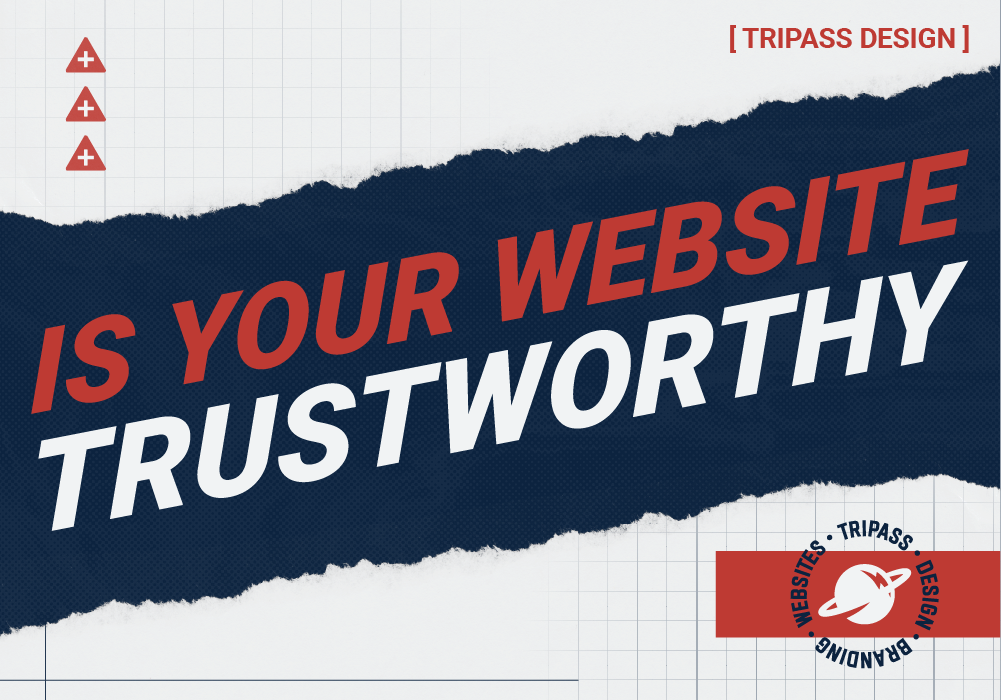Websites • Jan 30, 2025
A Case For Web Accessibility
Web accessibility isn’t just an ethical necessity—it’s a business advantage. With over 1 billion people worldwide living with disabilities, an accessible website expands market reach, improves user experience, and enhances brand reputation.
